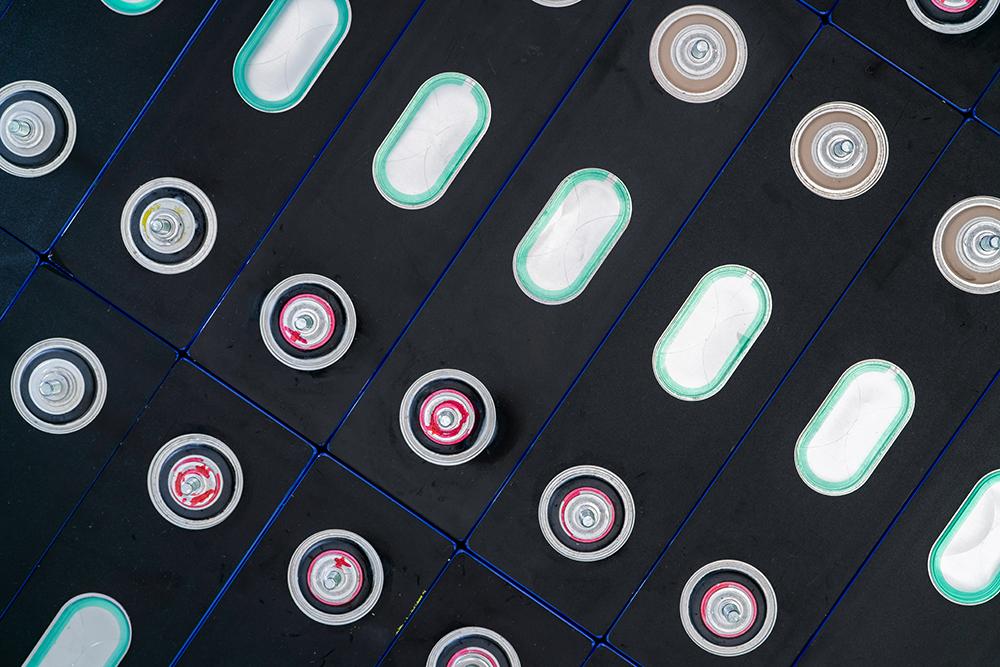Invention Reference Number
Licensing Contact

ORNL researchers have developed a scalable approach for manufacturing a polymer/ceramic composite electrolyte. The composite material boasts a 5-fold improvement in lithium-ion transference when compared to a pure polymer electrolyte, leading to greatly improved cell cycling. Furthermore, the composite is much more resistant to lithium dendrite formation compared to a pure ceramic electrolyte. The freestanding electrolyte employs a scalable design, built from an interconnected ceramic scaffold which is developed by tape casting followed by partial sintering. The scaffold is then filled with polymer electrolyte precursors and cured to form the final free-standing electrolyte.
Description
One of the most important aspects of solid-state battery technology is the high energy density afforded by these batteries. However, this technology is limited by existing electrolytes. For example, pure polymer electrolytes offer high processibility but suffer from insufficient ionic conductivity, low lithium-ion transference number, and the propagation of lithium dendrites over time. Pure ceramic electrolytes offer good conductivity and transference; however, these materials are difficult to process and prone to fracturing.
Previous attempts to incorporate polymers into ceramic electrolyte designs to combine their benefits have significantly improved toughness and processability, but these electrolyte designs generally suffer from poor ionic conductivity and transference number. ORNL’s new composite electrolyte addresses this issue by implementing an interconnected ceramic framework which creates fast ion pathways through the resulting composite electrolyte. This leads to significantly improved lithium-ion transference number compared to the polymer electrolyte. This improvement, combined with the material’s toughness, improved dendrite resistance over a pure ceramic, and scalable production design, makes it an attractive option for many solid-state battery applications.
Applications and Industries
- Solid-state batteries
- Electric vehicles
Benefits
- Improved cell cycling
- Improved resistance to lithium dendrite growth
- Improved resistance to fracture


